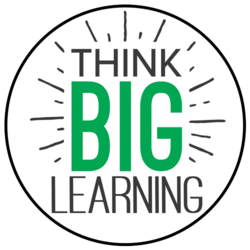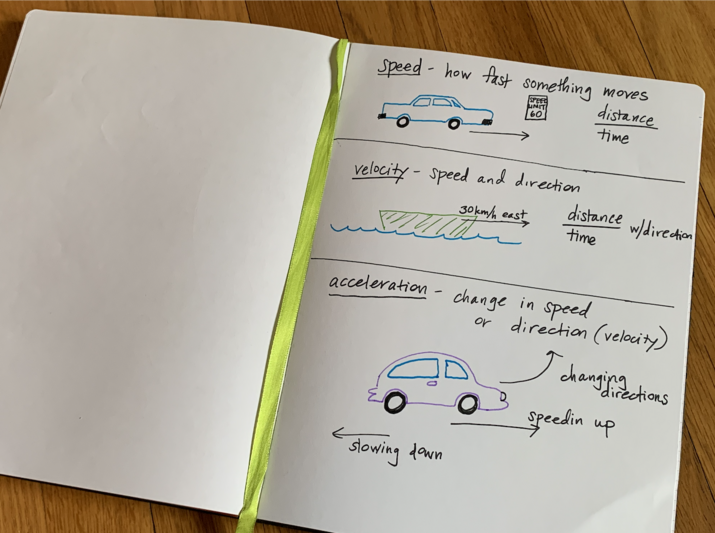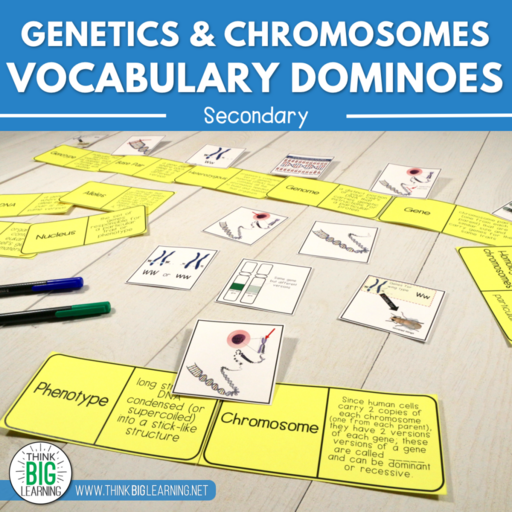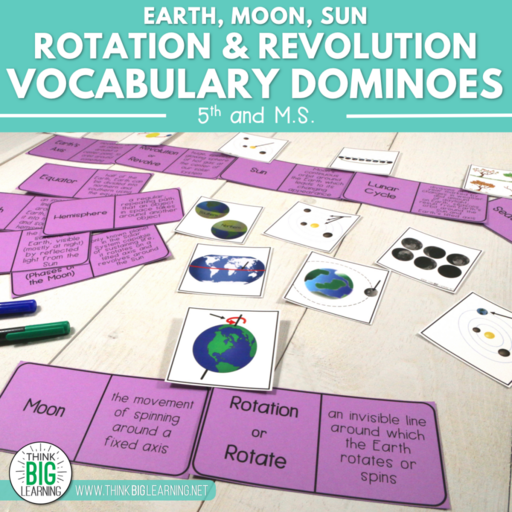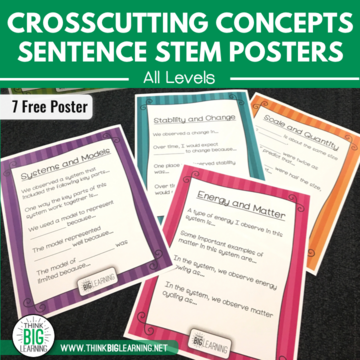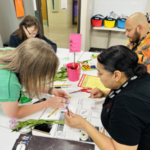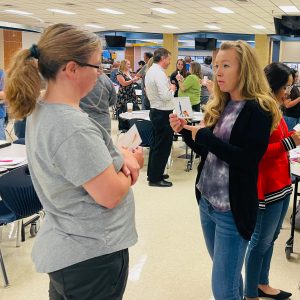Talking the Talk: Building Vocabulary in Science

“Science is a foreign language for everyone.”
If you’ve been to training with us before, you have probably heard me say this line. We talk a lot about working with English learners and what is needed to help with language acquisition in the classroom. We want our ELs reading, writing, speaking, and listening using academic vocabulary.
But here’s the other thing we need to remember: even our students who speak English at home aren’t usually talking about photosynthesis at the dinner table (unless you’re at my house…LOL). Science is like a foreign language for most of our students. English learners and native speakers alike need help with all the tricky technical words we use in science.
So how do we help them? If they don’t speak the language of science, students are going to struggle to understand our content, but how do we change that? How do we make science more accessible for them? I think we can certainly take a few pages out the playbook for English language learners to help us with this challenge.
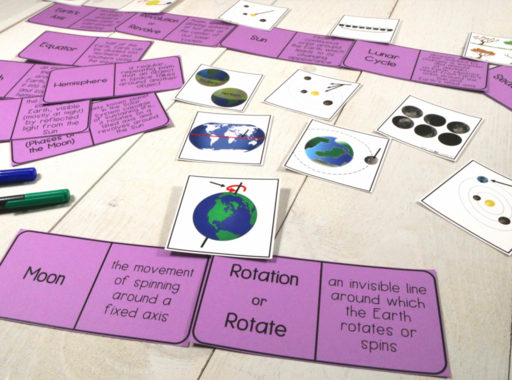
Be intentional.
Intentional vocabulary instruction and support is key in science. Learning and practicing with the vocabulary in context in the science classroom is critically important. While students are doing investigations, analyzing real-world phenomenon, doing hands-on activities, they should be utilizing the vocabulary and really solidifying their understanding of it.
However, they also need opportunities to specifically learn and practice the vocabulary. This isn’t copying definitions or writing sentences with the words, but it can include putting definitions in their own words, creating or utilizing visuals, or having discussion about the most important terms of a unit. We can also create hands-on activities that allow students to discuss terms in small groups.
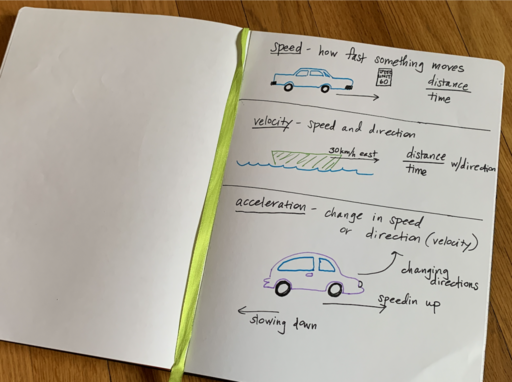
Use visuals.
Secondly, as cliché as it is, a picture really is worth a thousand words. When we talk about vocabulary instruction, we need to keep in mind that our brains crave visuals. The human brain connects differently and more strongly to images than to words alone. The use of appropriate visuals boosts student thinking about and retention of new terms.
This is something we often emphasize for our English learners and other special populations, but it’s helpful to remember that the use of visuals helps all of our students. Investigations and phenomenon provide their own memorable imagery, but we also need to ensure we are including visuals on word walls, presentations, notes and practice pages, etc. Student-created visuals are also a good tool to boost retention.
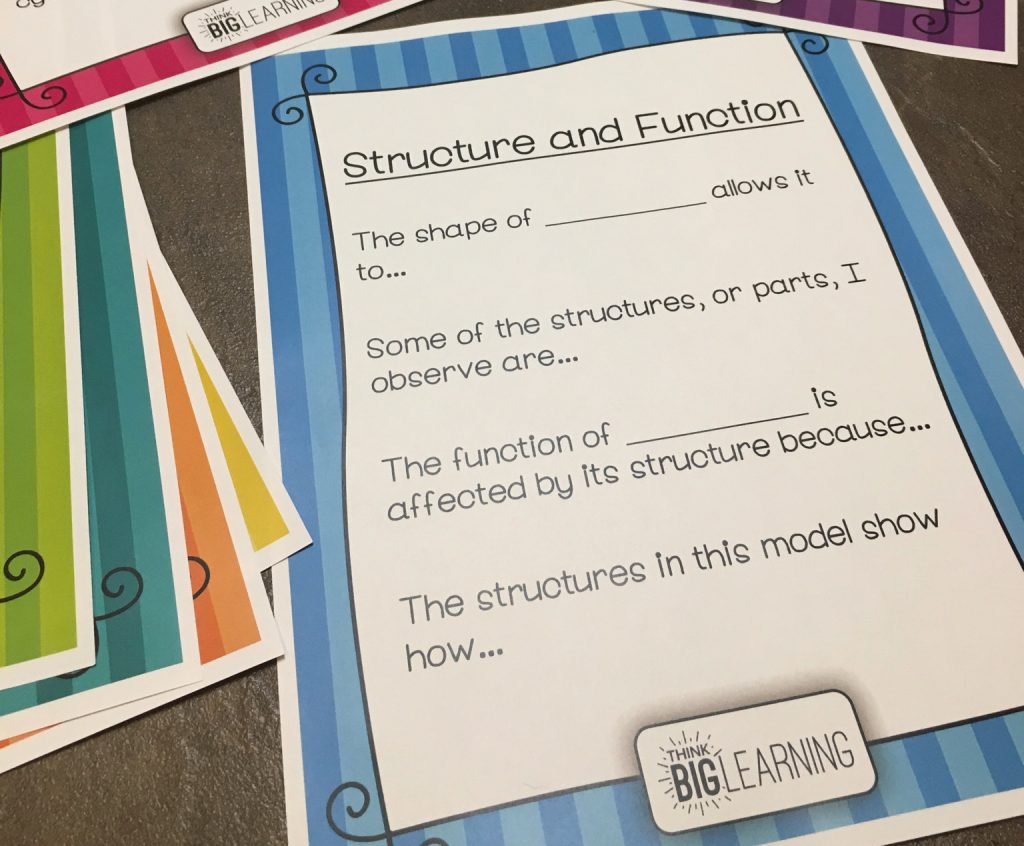
Get every student speaking and listening.
In order for students to take ownership of new words, they need to be reading, writing, speaking and listening using their new academic vocabulary. I don’t know about you, but in my classroom, I think most of the speaking about the content was usually done by my highest performing students. It took me a while to realize that I had to be far more intentional about creating opportunities for my other students to speak.
Now, in everything I do, I try to ensure that the activity pushes all of my students to communicate about the content. Creating activities where everyone has a role has certainly helped. I use a lot of games or thinking task cards, and it’s been amazing what having students each be assigned a card has done. I think the use of sentence stems can also be an effective way to get students to use new terms more easily. With strategies like these, the expectation is that everyone is going to be speaking and listening, and that is a game changer in the classroom.
Here are some free resources below to help you facilitate some of these strategies with your students!
